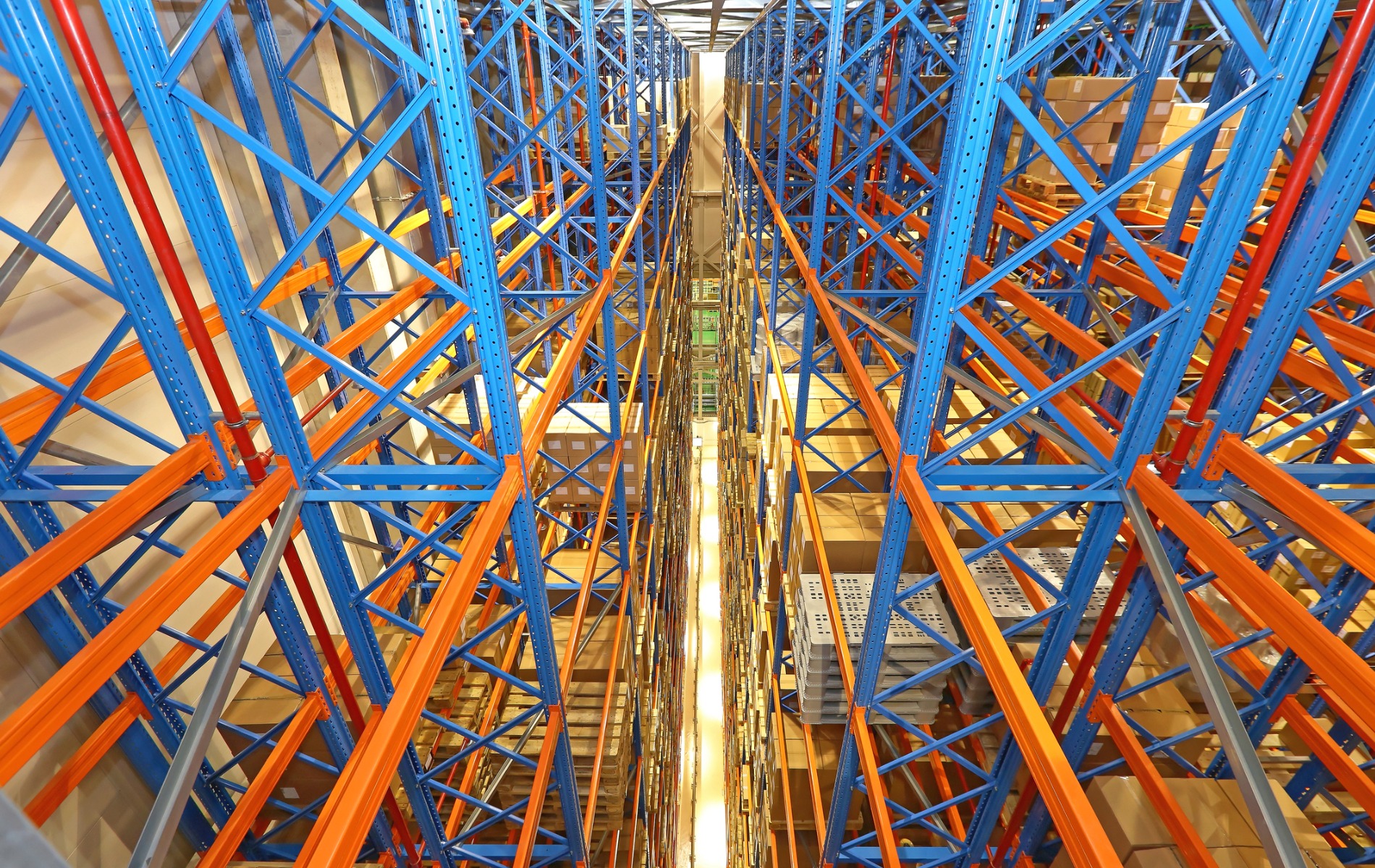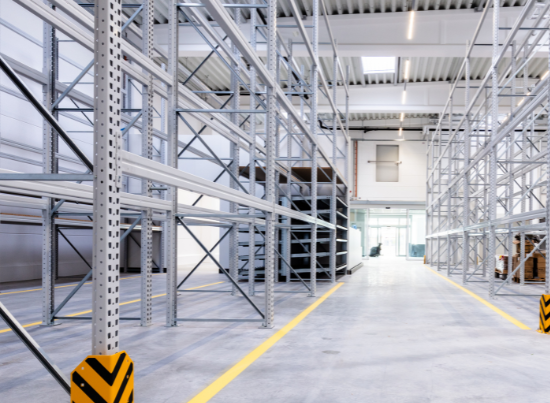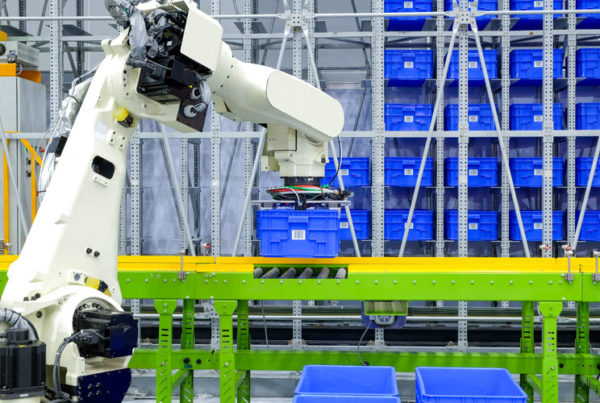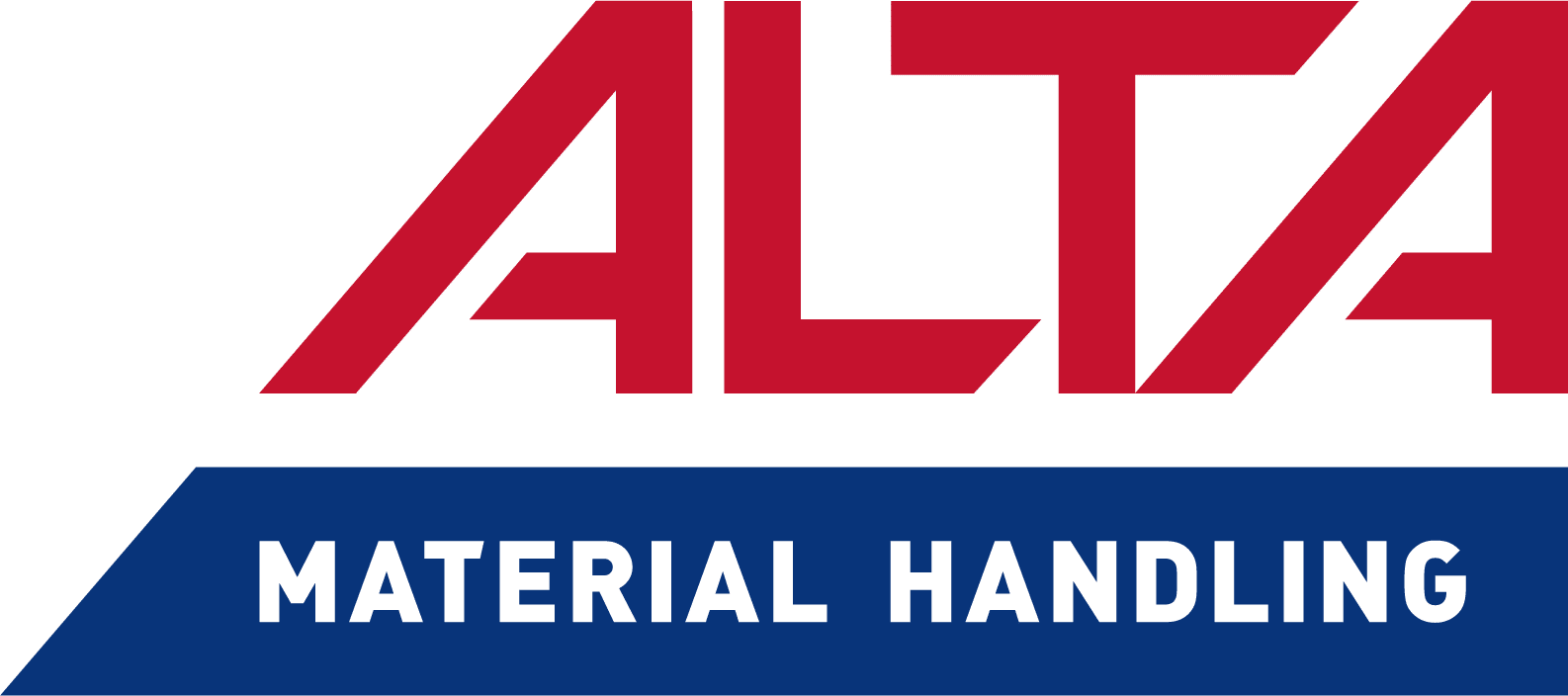Automated Storage and Retrieval Systems (AS/RSs) are mission-critical systems for many material-handling companies, reducing the costs and increasing efficiencies of routine warehouse tasks. Yet too often, companies rely on aged systems that underperform.
Stacker cranes are central to an AS/RS’s operation, and replacing them bears unique costs and challenges. In addition to the system being offline for upgrades, it can take an engineering team to decommission these large pieces of equipment.
Often, they’re installed with the initial construction or move-into of the building and remain in place while around them the facility grows and fills with merchandise and new hardware and fixtures. Dismantling and upgrading these systems in a way that minimizes the impact on the rest of the facility is a challenge in itself.
At PeakLogix, we are professional systems integrators with decades of experience helping companies maximize the value of their investments including AS/RSs and stacker cranes. If your facility is struggling with an aging crane that you can’t operate without, we can help you plan and schedule an upgrade that will minimize downtime and maximize revenue.
A brief history of the AS/RS and stacker cranes
Stacker cranes were first introduced in the early 1960s and, like much of the material handling industry, their evolution has been exponential.
While the earliest stacker cranes were piloted by an operator in an on-board control cabin, the technology by the 1970s had advanced enough that systems were automated. Manufactures in the ‘70s and ‘80s focused on reliability and durability, and many of these systems are still in operation today. However, they predate the sophisticated Warehouse Management Systems (WMSs) and planning software that today’s material handling companies rely on.
Systems built in the ‘90s through early 2010s were designed for minimal on-hands and Just-In-Time (JIT) supply chain planning. Buffer inventory was kept to a minimum, and warehouses focused on speed and throughput above all else – including system durability. Stacker cranes and other components built in this era are now plagued with structural problems and by an inability to adapt to changing needs.
New supply chain modeling and improved technologies
The AS/RSs of today are designed with increased functionality to meet the rigors of a changing market.
The increasingly global economy is growing more competitive, and industries with notoriously tight profit margins – such as groceries and other perishables – are turning to AS/RS technologies for their improved consistency over manual labor. At the same time, real estate space is at a premium, and warehouses are designed for ultra-high-density storage.
Compared to the stacker cranes of the ‘70s and ‘80s, modern systems are better integrated with a WMS and are full-fledged members of Industry 4.0. This allows a warehouse to better streamline its operations, increasing accuracy, efficiency, throughput, and even storage density. These systems do more than store and retrieve merchandise – they are active parts of staging and buffering goods either for shipment or to prevent bottlenecks in a warehouse’s processes.
Unlike the designs of 20 years ago, today’s systems – especially following the COVID-19 pandemic – de-emphasize JIT logistics in favor of a more resilient, reliable supply chain. Today’s market is re-shoring and near-shoring both warehousing and manufacturing. This means stacker cranes have to work in larger warehouses that are more efficiently designed. Cycle times are planned for consistency and reliability, with minimal downtime, without over-emphasizing the raw speed that was favored in the ‘90s.
Benefits of replacing worn out systems
Modern stacker cranes are designed to handle the rigors of today’s supply chain and to allow fulfillment companies to meet the high standards of their customers.
Today’s cranes can reach 140’ or more, carry 5.5-ton payloads, and travel vertically up to 325 feet/minute and horizontally at 787 feet/minute.
Modern AS/RSs can also be designed to help with cold chain management. Unlike manual labor, who either pull goods from cold zones to ambient zones or need extra breaks or special gear, AS/RSs keep perishable goods like groceries in the right temperature zones throughout the storage and retrieval processes. They only need the right oil in their motors and reduction drives to work in temperatures as low as -38°.
With the right design, AS/RSs can also work in warehousing and manufacturing environments that are as hot as 140° F, are toxic to manual labor, or need to be kept free of dust and other contaminants. Modern systems can engineer manual labor out of environments they are unsuited for, keeping employees and products safer, while increasing throughput and order accuracy.
Importantly, unlike some cranes from the 1990s, modern AS/RSs achieve all this without sacrificing durability or reliability.
These machines are designed and engineered using cutting-edge techniques to minimize the costs of construction and maintenance while maximizing uptime and ROI. They are constructed with modern, durable components so that downtime associated with maintenance can be planned and scheduled, and costs kept within budget.
From their initial conception, modern AS/RSs are engineered with cost savings in mind. For one example, today’s control systems can even convert gravitational potential energy into electricity. As cranes move from high to low storage, the lifting motor can act in reverse as a generator. This allows it to capture gravitational energy and convert it into electricity that can help power other equipment.
Another trend is to power these systems with alternating current. This allows a facility to move away from the higher costs and more frequent maintenance schedules of hydraulics and D/C batteries.
Cost-saving techniques like these add up to a system that lowers energy consumption and increases profitability.
Replacements are a challenge, but the benefits are tangible
Planning and scheduling the replacement of any stacker crane is a challenge. These are mission-critical components that warehouses are designed to function around.
Many of the innovators in the stacker crane industry have closed their doors or been acquired by large corporate providers, including AFT, Cleco, Eisenman, Hartman, Munck, and more. Sourcing parts and service for these systems can range from impossible to frustrating. Replacement cranes with superior reliability, state of the art controls, and remote support, providing nearly 100% uptime and can be engineered to work with racking that is decades old.
And yet the benefits of updating these systems are tangible. New materials and smart devices lead to less downtime and improved reliability. New engineering and design techniques lead to lower energy consumption, more high-density storage, and greater inventory control.
Want to learn more about stacker cranes or other AS/RS products? Contact us to talk details and strategies!
Increased pick rates and efficiency with upgraded WMS.
New automated systems that PeakLogix integrated increase Wacoal’s pick rate by 178% decrease pick labor by 84%, and improve storage density and capacity.





